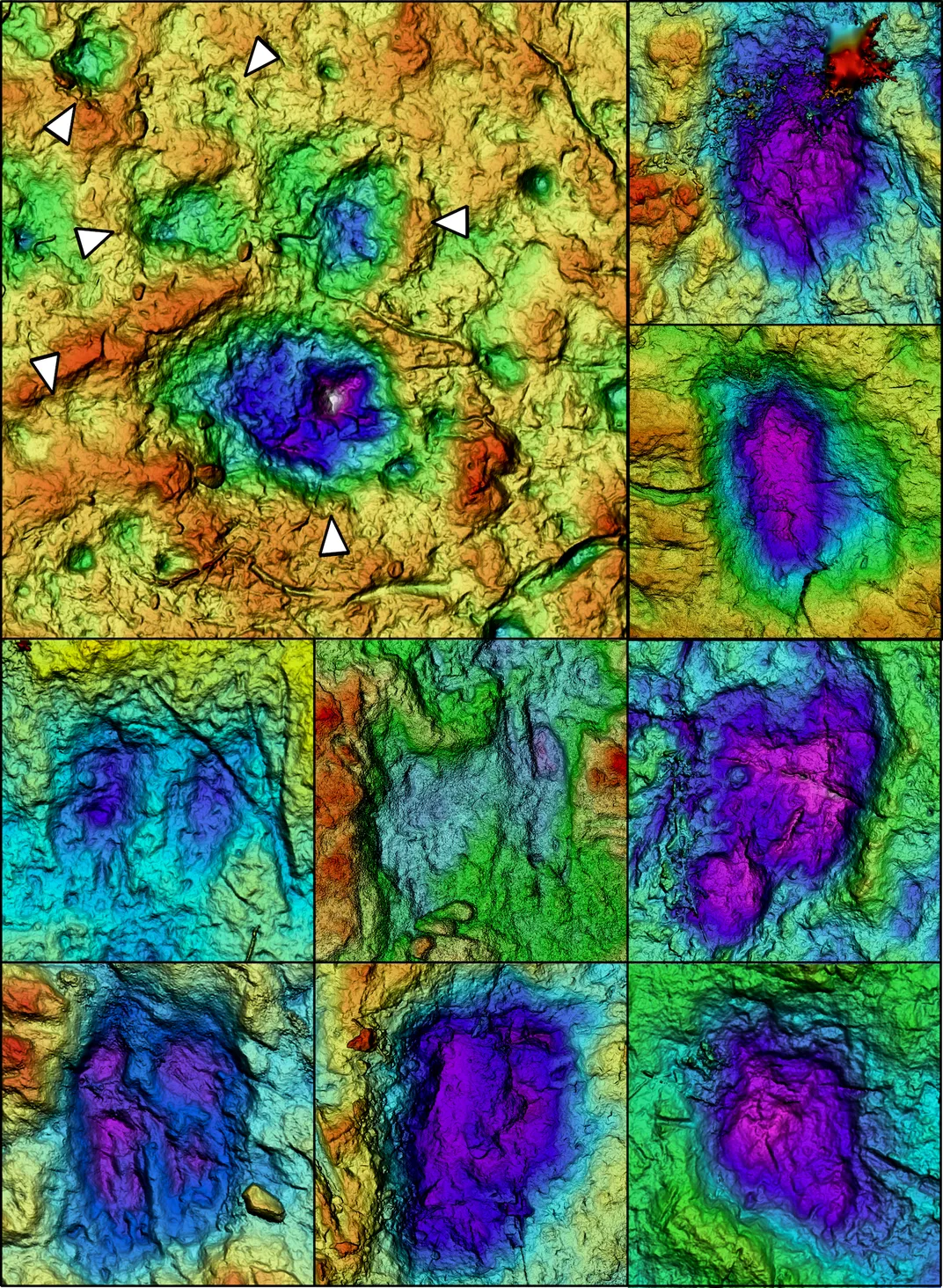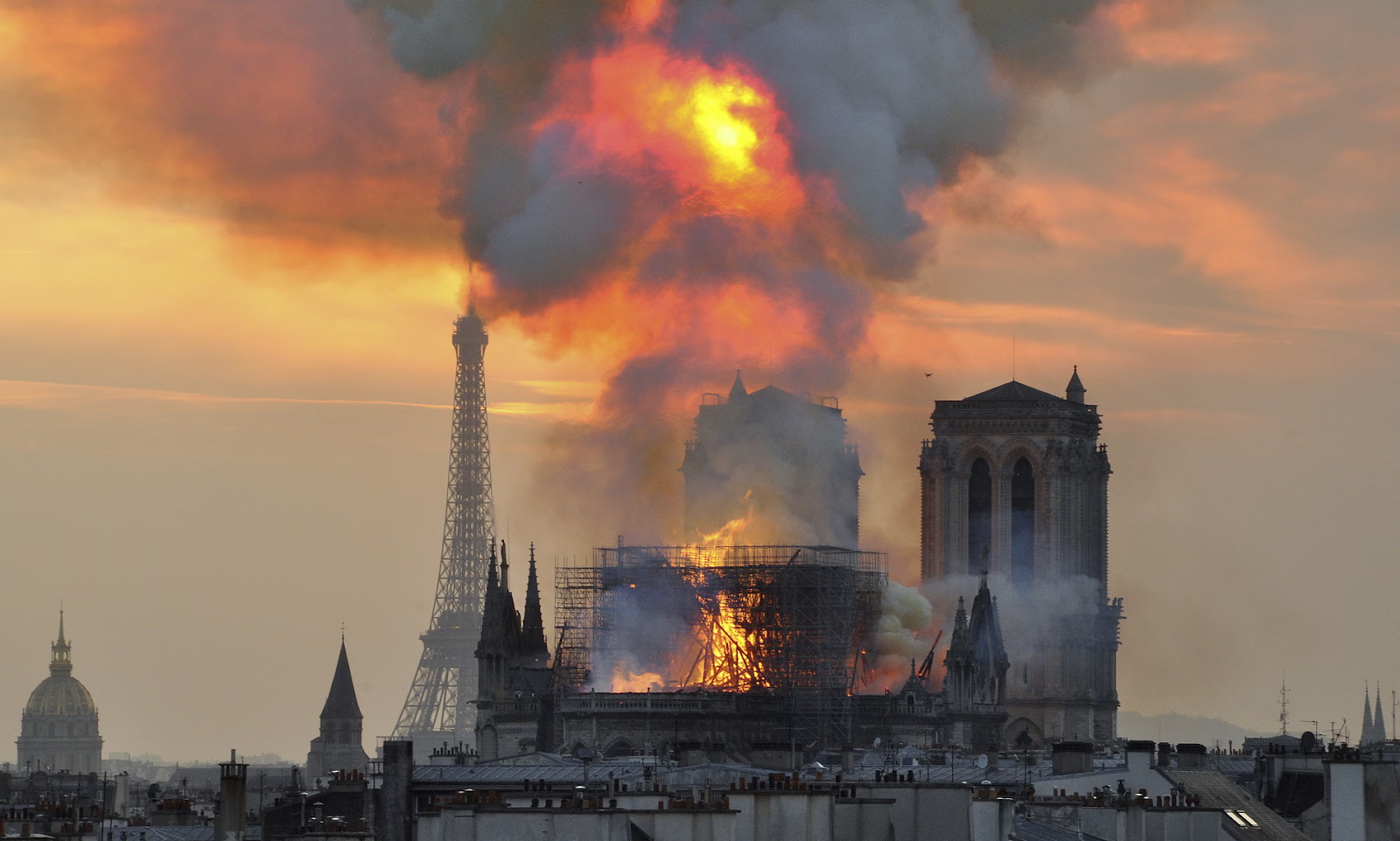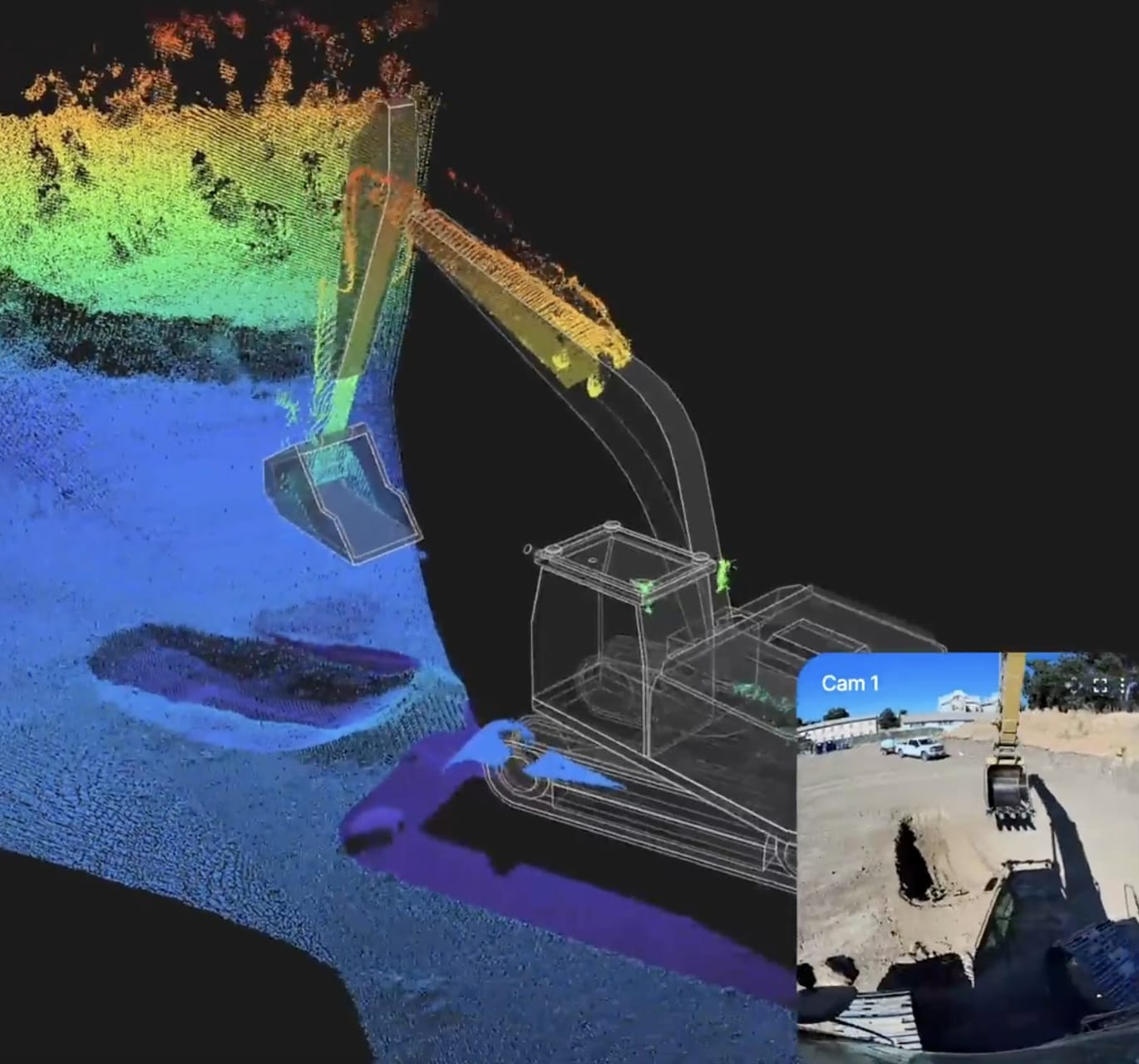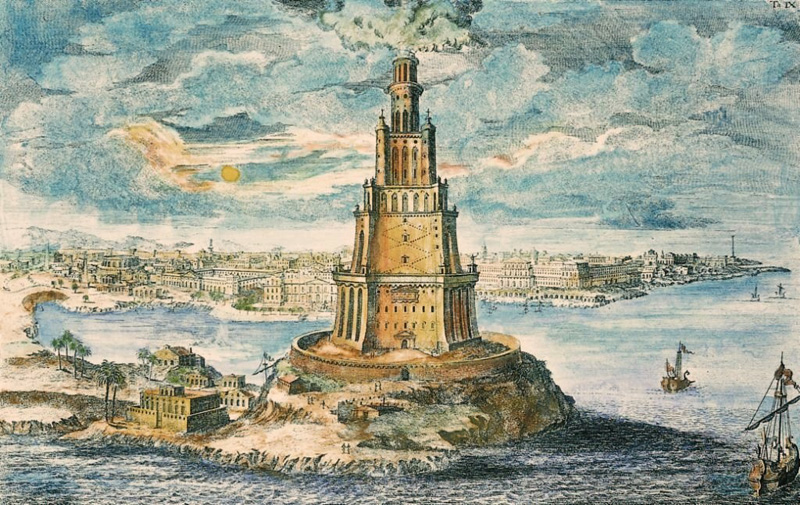

Hold on to your butts Re/Cappers (IYKYK), we get Jurassic today with a lead story that sounds, well, downright farcical…but truly is about dinosaur mating rituals inside, effectively, dance arenas. No typo.
It’s packed with profound skill, and more knowledge than if Jeff Goldblum’s character had Chat GPT-rex. But perhaps as equally implausible-sounding in the annals of dino-reality capture, was a 3D scanning endeavor in 1999 that forever altered technology and entertainment.
That was when, as Hollywood dinosaurs still roared with theatrical bravado, a group of BBC visionaries did something wondrously countercultural - present dinosaurs as animals, not monsters.
That was the mantra of Walking with Dinosaurs, conjured by a team of collaborators who saw potential in technology then thought outlandishly expensive and unproven for TV. What emerged would become not only the most expensive documentary series per minute in BBC history, but a landmark in blending scientific accuracy with scanning and 3D artistry.
The process began with artists crafting detailed clay maquettes of each dinosaur, drawing on extensive input from leading paleontologists. These clay models were then turned into resin casts, which provided a stable and neutral surface for digitization. Framestore, the primary VFX house for the project, used a high-resolution laser scanner to digitize these casts, transforming the full complexity of each dinosaur’s anatomical subtleties into a stunning point cloud. Again, this is tech that to many at the time, seemed more far-fetched than Y2K actually happening.
The scanned data for each model initially consisted of over six million 3D reference points - a stupifying amount for the computers of ‘99 - which had to be reduced by about 85 percent before further processing and animation could occur.
The laser scanning itself was conducted in partnership with Soho-CyberScan, which developed custom software tools specifically for Walking with Dinosaurs. This proprietary pipeline enabled the team to preserve not just the overall form, but much of the intricate textural detail from the original sculptures. Once processed, the resulting meshes were imported into animation software - most notably Softimage 3D - where the creatures were rigged and animated based on scientific and biological reference data. The precision of this scanning and modeling workflow was a key factor in why the dinosaurs in the series looked so bafflingly lifelike, and held up even in tight shots.
The resulting visual tapestry of extinct Mesozoic titans changed not just television, but also how the public engaged with paleontology. Suddenly, science, technology, art, and creatures over which we obsess waltzed together nightly on primetime TV.
The BBC’s audacious mix of sculpture, scanning, modeling, and scientific rigor showed one epoch, yet started another; one of 3D, storytelling, and the resurrection of a lost reality.
What’s Cappenin’ This Week
Quick ‘Caps
“Dinosaur lek” might sound like the entree round of a pre-historic Michelin Star tasting menu; but it’s actually a common treasure trove for archaeologists, being any site where dinosaurs congregated for mating rituals.
And a bombshell drone discovery just informed us that our Jurassic friends, while on leks, had the moves of Janet Jackson despite having the appetite of The Rock.

The bowl-shaped marks indicate male dinosaurs would frequently return for mating rituals. Image credit Caldwell Buntin via Smithsonian Magazine
Scientists have uncovered a vast dinosaur mating "dance arena" in Colorado’s Dinosaur Ridge, where male dinosaurs likely delivered their best Clawloose rendition to impress the ladies.
Using high-res drone photography and 3D photogrammetry, researchers found dozens of tightly clustered scrape marks - think fossilized footprints of a dino dance-off. By process of elimination, the team ruled out food-digging, marking territory, or nesting. Instead, these marks = courtship rituals where males scraped nests and performed dances much like modern-day birds, such as banded plovers’ prehistoric version of TikTok dances to snag a mate.
ABC News even picked up the story, linked below, discussing the tech, the suspected species (and their size), related rituals, public accessibility, and a separate vertebra fossil unearthed in Denver. If you care for it, the proper study’s on ScienceDirect.
That pesky 2019 structural fire that interrupted every news broadcast to captivate the world is becoming more and more like a…sore loser.
Reality capture, famously, helped rebuild the sacred edifice that was minutes from complete destruction. And now, a digital twin from a trillion-dollar innovation powerhouse will preserve it.
Nice try, fire. Go back to burning marshmallows and elevating Airbnb living rooms.

Innovation has Notre-Dame becoming a true phoenix rising from the ashes. Image credit Thierry Mallet/AP
Developed with the French Culture Ministry’s Heritage Institute and the start-up Iconem, Microsoft’s digital twin will permanently preserve every detail of the cathedral's structure, history, and symbolism in digital form, making it accessible for future generations and being a total co-pilot for preservationists.
The twin will be donated to the French State and will be displayable in the anticipated Musée Notre Dame de Paris, and usable for ongoing conservation and education. Microsoft is also extending this tech to digitize historic opera sets and millions of artifacts from major French cultural institutions, seeking to broaden public access to these collections through interactive experiences hosted on its platform.
Euronews dished on the ‘Dame below, covering Microsoft’s previous twin efforts, European Digital Commitments, combining AI, cloud computing, and digital imaging in cultural conservation, quotes from Microsoft President Brad Smith, and more.
What do politicians, journalists, filmmakers, and most reality capturers have in common?
They’ll tell you it ain’t facts and data that move people, that matter. It’s story.
That axiom was the centerpiece of a daring decision by Sam Wolson, Visual Features Editor at the famed New Yorker magazine, as detailed in an interview with Michael Rubloff of RadianceFields.
Wolson used the gravity of the New York-themed anniversary issue for his first published foray into Gaussian splatting - a portrait of Lorna Simpson, a pioneering African-American photographer.

Linked below is Rubloff’s commentary and discussion with Wolson, home to rich context on The New Yorker’s tradition, securing buy-in, journalism’s boundaries, Gaussian dilemmas & paradoxes, fact checking, apps and open source, and much more.
There’s a line in The Flintstones theme song…
“They’re a page right out of history.”
Initially, it was about, you know, the family from the town of Bedrock. Turns out it was probably a prescient nod to Bedrock Robotics, which just penned its own history after a gargantuan seed and Series A funding purse to take construction sites as far forward, as Fred & co. went back.

That ain’t no 2025 excavator, or at least it doesn’t need to be, thanks to Bedrock Robotics. Image credit Bedrock Robotics via Ontario Construction News
BR netted a cool $80 million because they’re not peddling flashy new backhoes; they retrofit existing heavy equipment with hardware and software upgrades that make them fully autonomous. The magic? Eight high-definition cameras, LiDAR, GPS, and IMU for centimeter- localization, and same-day, reversible installs so contractors aren’t stuck with paperweights if the tech flubs.
Founded in 2024 by a brain trust featuring three ex-Waymo bigwigs and a Segment alum, Bedrock is tackling the $13 trillion beast that is the construction industry as the U.S. is booming with infrastructural needs. Such urgency is only compounded by the construction worker shortage, and the Sword of Damocles that is the looming retirement wave.
The Robot Report touched on the Bedrock Operator integration, speed, safety, types of infrastructure demand, why NVIDIA cares, active deployment sites, human machine operation data, investments, CEO quotes, and collaborations.

The Lighthouse of Alexandria, the seventh wonder of the ancient world. Image credit Fischer von Erlach
If you think modern megaprojects run into surprises, spare a thought for the Ptolemaic engineers who, a little over 2,300 years ago, set out to plant the world’s first skyscraper in the shifting sands and storms of Egypt’s Mediterranean coast. The Lighthouse of Alexandria, known as Pharos, was supposed to be an eternal beacon, safely guiding ships to the world’s greatest port. Instead, it became a timeless yellow flag about natural disasters, big ambition, big stone, and frequent repairs.
Finished in the 3rd century BCE under Ptolemy II, Pharos cost 27 tons of silver. It stood perhaps 110 meters high - a staggering feat at a time when most lighthouses topped out at “very tall man.” Scholars describe a tower of three tapering tiers: first a vast rectangular engine room, next an octagonal middle, and finally a slender cylinder up top, crowned with a fire that, by legend, could be seen for miles. But beneath all that grandeur lurked a grand foundation problem. The island of Pharos was mighty marshy, subject to saltwater, storms, and relentless settlement, all of which gnawed at even the largest limestone blocks.
Cracks and fissures made themselves known, with ancient sources and medieval chroniclers both describing recurring repairs and reinforcements to keep the beacon standing. The core structure relied on shelly limestone, which, while plentiful, doubtfully aged gracefully in a salty spray. Aswan granite framed the monumental doorways and - according to underwater archaeologists - many of these stones eventually ended up on the seafloor after being shaken loose by centuries of briny weather and tremors.
The location may have made for a dramatic silhouette, but it was also a seismic and natural disaster hotspot. Alexandria was rocked by at least three major earthquakes between the 10th and 14th centuries, events that combined with a steadily sinking foundation, shattered the upper stages and sent the rest into a slow, uneven collapse. Attempts to patch, rebuild, and shore up the lighthouse are a recurring theme in local accounts, but ancient maintenance records, if they existed, washed away with the stones. The lighthouse’s fate was a thousand-year process of partial falls, pirate repairs, and a never-ending battle with forces geotechnical science wouldn’t formally describe until the 20th century.
We only truly rediscovered how much was lost thanks to modern underwater archaeology, which revealed the scale of the collapse - blocks weighing as much as 60 tons lying scattered where they fell, the remains of the world’s greatest beacon quietly resting on the harbor floor.
If only Euclid had geometry for structural health monitoring - perhaps his lighthouse neighbors would have appreciated that the shortest distance between problem and solution isn't always a straight line to "more marble."
Imagine rolling out terrestrial and underwater LiDAR, photogrammetry, and GPR on Pharos's stones every season. A precision digital twin could have tracked every fleck of new settlement, every micro-fracture in a marble stair, every subtle shift as island ground subsided. Drones could have turned the obstacle of height into an ally of sight. Thermal imaging could reveal the invisible drama of moisture infiltration and salt crystallization, mapping thermal stress patterns as Mediterranean heat cycled through limestone cores.
Alarms could have rung as foundation soils shifted, as thermal expansion cracked joints imperceptibly, as groundwater chemistry changed - suggesting targeted reinforcement decades before major earthquakes found their opening. Had its keepers possessed the predictive analytics we now take for granted - running AI-assisted simulations of wind, wave, earthquake, and thermal stress through the lighthouse's digital doppelgänger - interventions might have matched actual structural demands rather than relying on patchwork precedent from older, smaller towers.
Instead of centuries of hopeful repairs guided by surface symptoms, the world's greatest lighthouse could have benefited from continuous subsurface knowledge. Its maintenance would have been as sophisticated as its engineering, with preservation matching ambition.
See, today's tools represent the difference between educated hope and systematic knowledge. Whether monitoring an aquatic wonder or a highway overpass, seeing truly is believing, and believing is, at last, preserving.






By subscribing, you are agreeing to RCN’s Terms and Conditions of Use. To learn how RCN collects, uses, shares, and protects your personal data, please see RCN’s Privacy Policy.

Reality Capture Network • Copyright 2025 • All rights reserved